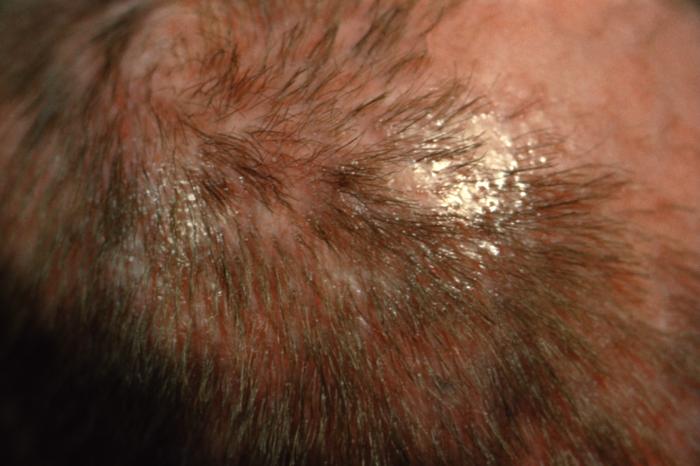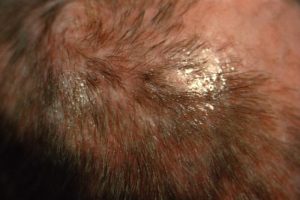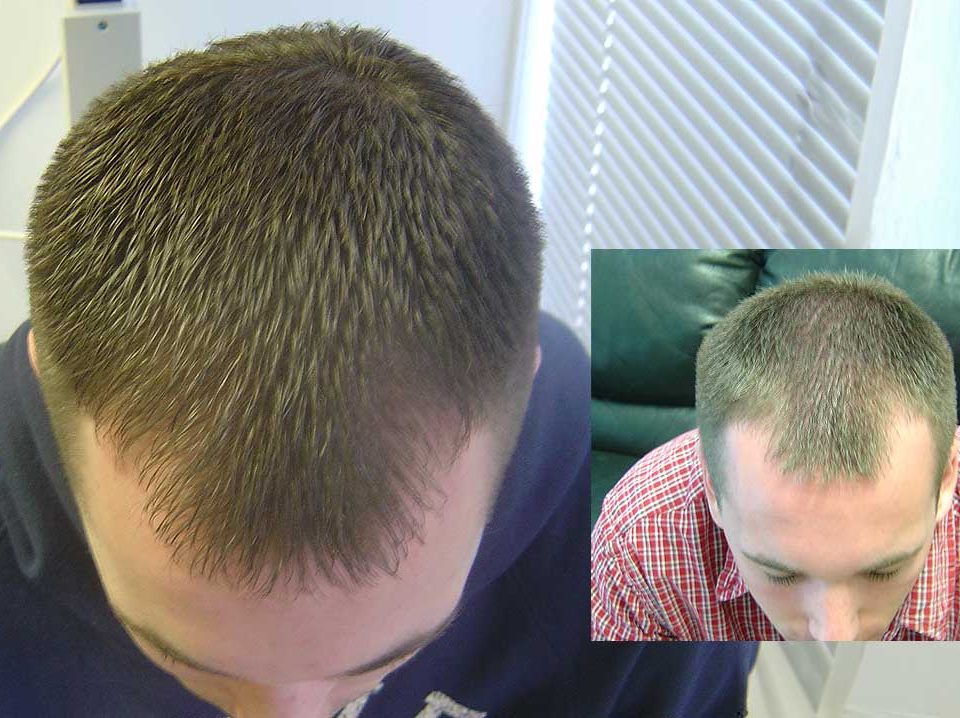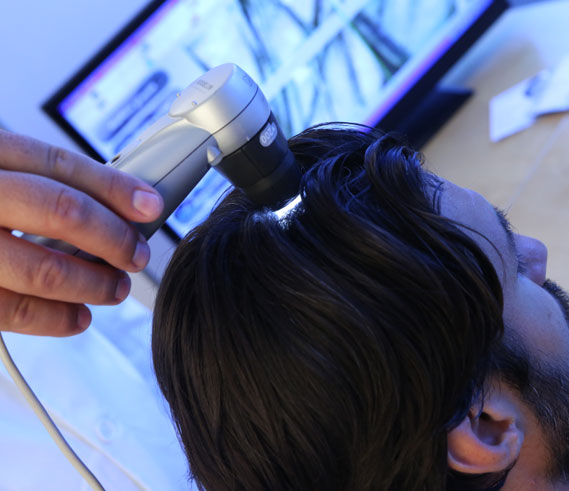Ringworm & Childhood Hair Loss

 Ringworm of the scalp, also known as tinea capitis, is a fungal infection that effects the scalp and hair shafts. Ringworm usually impacts children, particularly toddler and school age. Although the signs and symptoms vary, there are a few telltale ones that your child has ringworm. Ringworm is a condition that is uncomfortable for your little ones and highly contagious. If you suspect that your child or someone in his/her classroom have ringworm, read below to learn how to care for them today.
Ringworm of the scalp, also known as tinea capitis, is a fungal infection that effects the scalp and hair shafts. Ringworm usually impacts children, particularly toddler and school age. Although the signs and symptoms vary, there are a few telltale ones that your child has ringworm. Ringworm is a condition that is uncomfortable for your little ones and highly contagious. If you suspect that your child or someone in his/her classroom have ringworm, read below to learn how to care for them today.
Symptoms
According to WebMD, there are a variety of signs and symptoms associated with ringworm. A clear sign that your child has ringworm is inflamed, round patches of scaly skin on the scalp. Your child’s hair may have broken off where the ringworm affected the scalp. The patches of scale may spread across your child’s scalp, impacting more areas as time passes. Patches may be red and have small black dots where the hair has broken. You may notice that your child is itching his/her head or that his/her hair is thinning. If you notice that your child’s hair is thinning, look for tender, inflamed patches of scalp. Encourage your child to keep their hands away from their head. Itching the affected areas may cause bleeding and an increase in tenderness.
Treatment
Ringworm can look similar to other conditions that may be more serious. WebMD suggests visiting a doctor if your child has any hair loss, scaling, or itchiness of the scalp. Getting an accurate diagnosis is important in order for you to provide your child with the most appropriate treatment. Currently, there are two drugs that may be prescribed for ringworm. The first is griseofulvin, which comes in tablet or liquid form and is taken by mouth. Terbinafine is also a tablet that can be taken by mouth or added to food. Both of these tablets have side effects that you should discuss with your doctor. Your doctor may also suggest that you wash your child’s hair with a prescription strength shampoo. Shampoo helps to contain the fungus and prevent it from spreading. If your child is self-conscious about bald spots, consider purchasing a hair system. A wig that is designed specifically for your child to match his/her natural hair color and style will reduce embarrassment while the hair re-grows.
According to the experts, treating ringworm is fairly straightforward, but needs to be done promptly. Prolonging treatment can be harmful to the health of your children and others. If your child does have ringworm it’s important to call your child’s school and parents. Given the contagious nature of ringworm the school and parents should be notified. When you are treating your child’s ringworm, remain calm so your child does not become overly worried. Remind him/her that ringworm is a treatable condition that will not have long-term consequences. If you suspect that a student in your child’s class has ringworm, advise your child to keep his/her hands to herself and not share hair accessories with the child.
For a wide variety of hair loss treatment options for children, contact us to schedule a free, confidential appointment to explore the most appropriate options for your particular situation.
Additional Reading: Tinea Capitis – StatPearls – NCBI Bookshelf (nih.gov)



